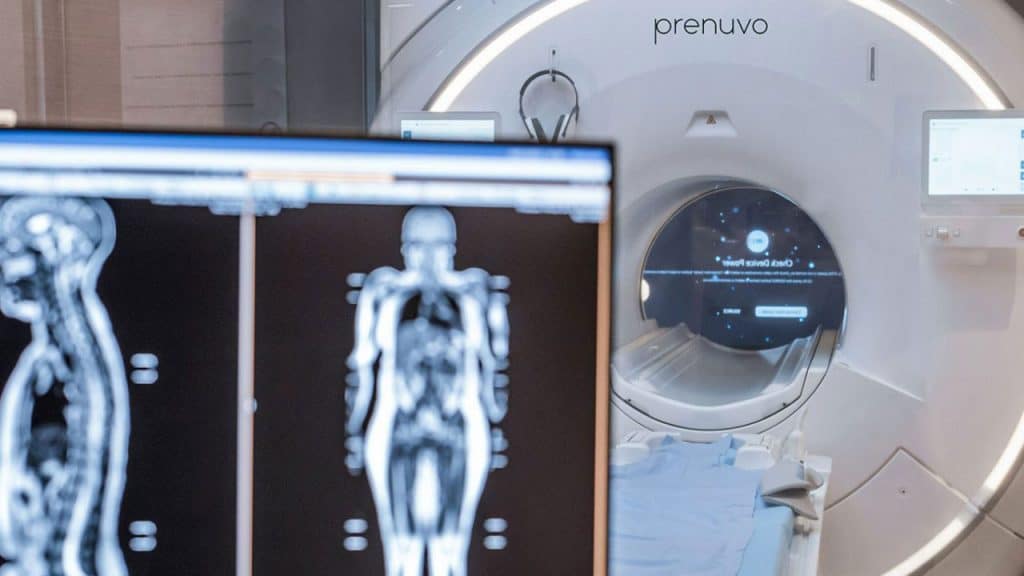It seems a bit of a contradiction. Emergency care is about treating an immediate, potentially life-threatening need. Preventative care is about taking steps so you never develop an urgent need in the first place. Surely the two require different approaches? Well, not according to one company, which is trying to bring preventative techniques into the primary care environment (https://longevity.technology/news/prenuvo-brings-preventative-health-model-to-urgent-and-emergency-care/).
If you’ve spent any time investigating the world of longevity and the science behind it, you’ll know that prevention is one of the watchwords. It’s a pretty basic concept: it’s easier to live a healthy lifestyle when you’re young than it is to fix a bunch of increasingly complex health problems when you’re old.
The trouble with this is that preventative care often requires a significant amount of investment upfront. Time, money, and geography are all things that can block your access to advice, diagnosis and interventions. For many people, they don’t get to the doctor until their condition is urgent, which means any therapies need to be much more intensive.
Sollis Health is known for providing emergency and urgent care services. It’s not a company you would associate with long-term health planning. Nevertheless, it’s now partnered with Prenuvo, which supplies whole-body MRI scans. Prenuvo takes a proactive approach. It uses its imaging technology to identify potential issues that might otherwise be undetectable.
According to Prenuvo, the tech currently available in most primary care facilities would take between four and five hours to assess what its MRIs do in less than 60 minutes. That could include finding cancerous tissue or a lurking aneurysm. The full list of possible diagnoses that it could help provide is hundreds of conditions long.
By working together with the help of some wealthy and celebrity backers, Sollis and Prenuvo can bring advanced diagnostic tools to underserved populations who otherwise wouldn’t be able to access them. This should give patients more control over their own health, lead to better overall outcomes, and theoretically even save money in the long term.
Prenuvo CEO Andrew Lacey highlights the “shared mission to create transformational change in the healthcare system.” As Sollis CEO Brad Olson puts it, the partnership allows them to “[fill] a critical gap in the care continuum.”
Whether the partnership is successful or its model can be replicated elsewhere remains to be seen, but the principle is intriguing.




